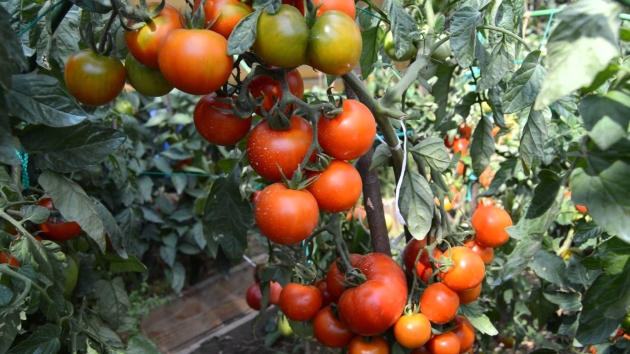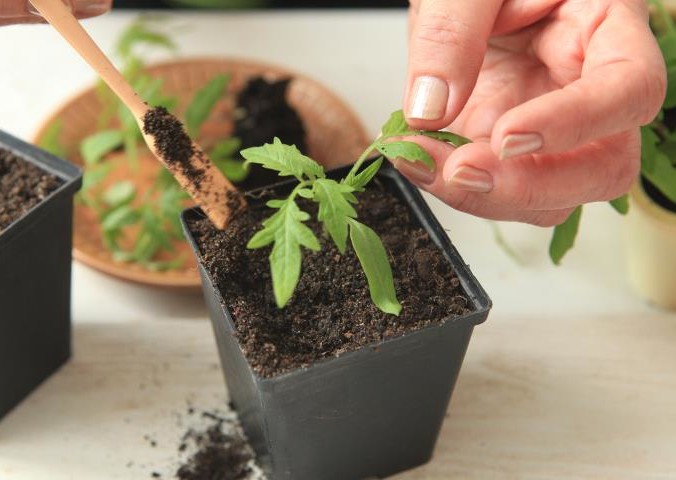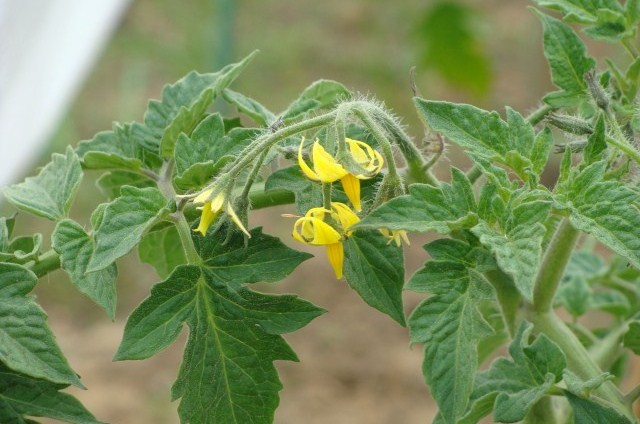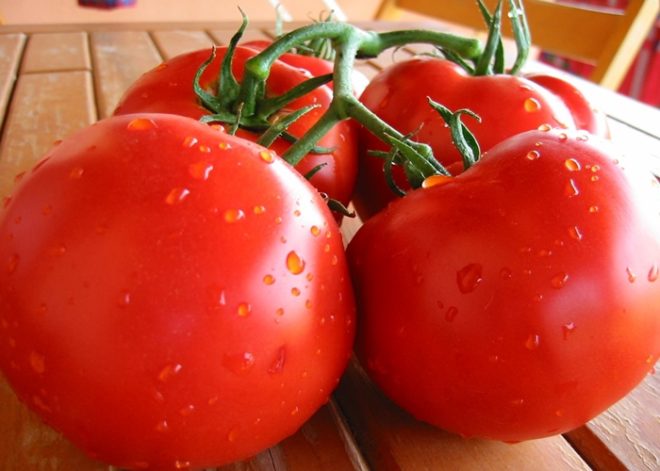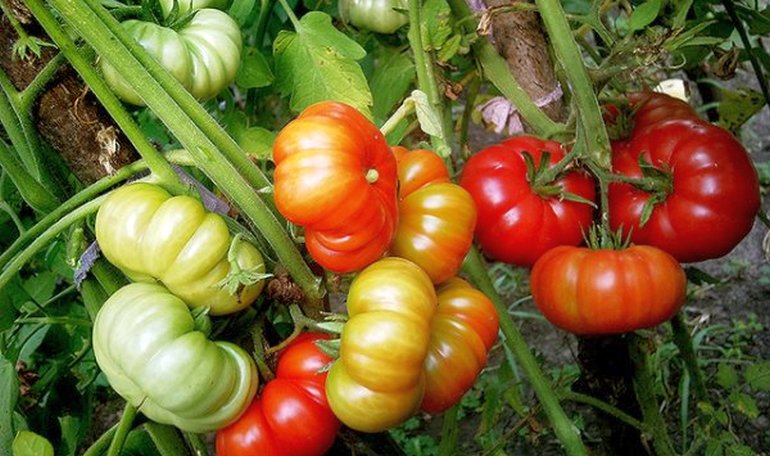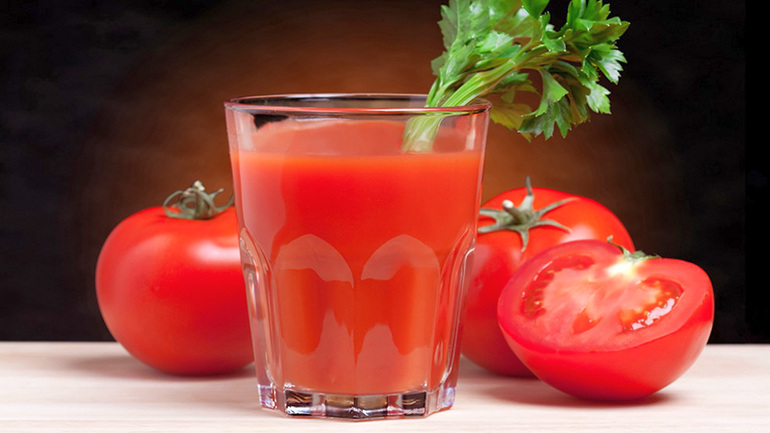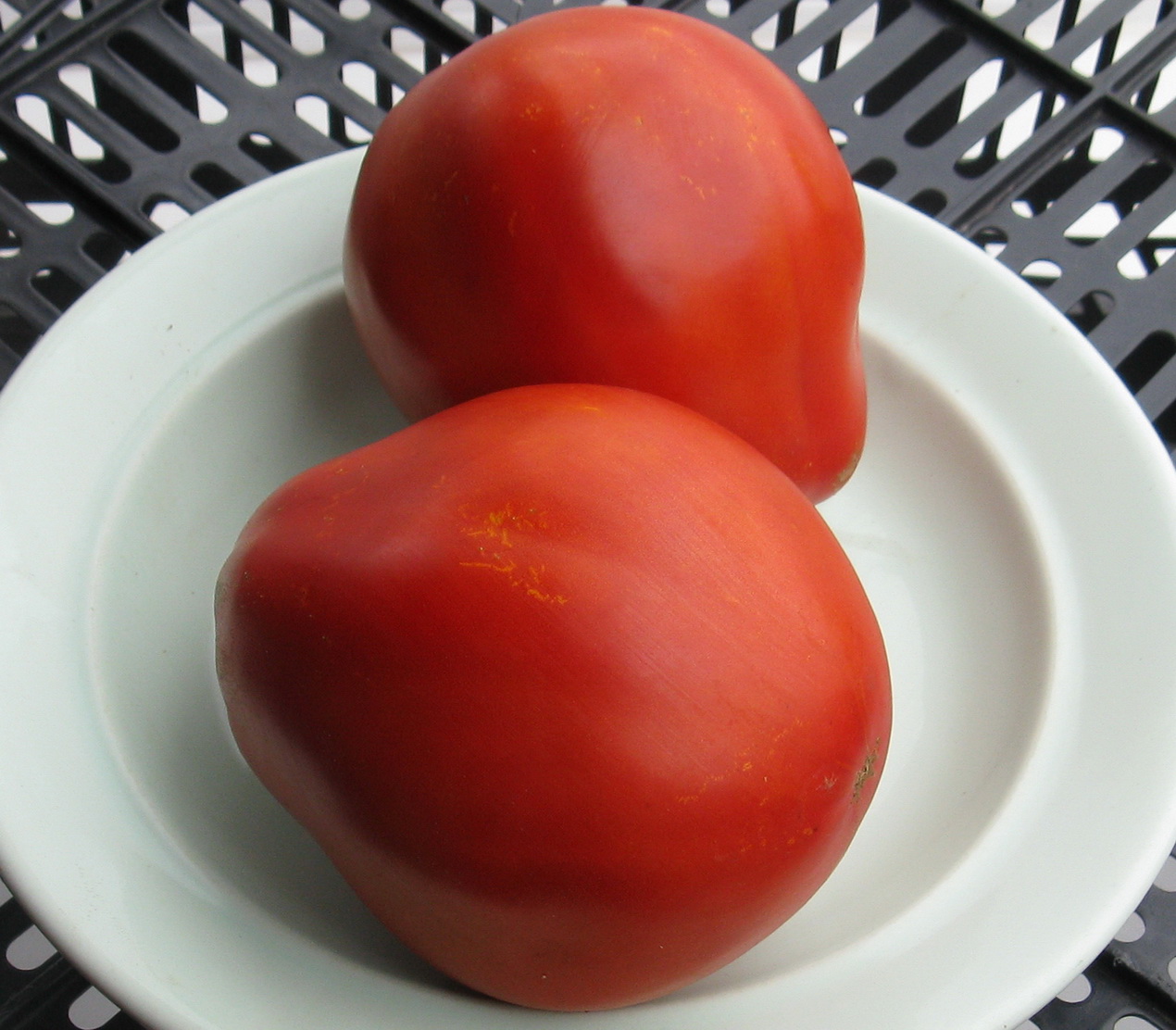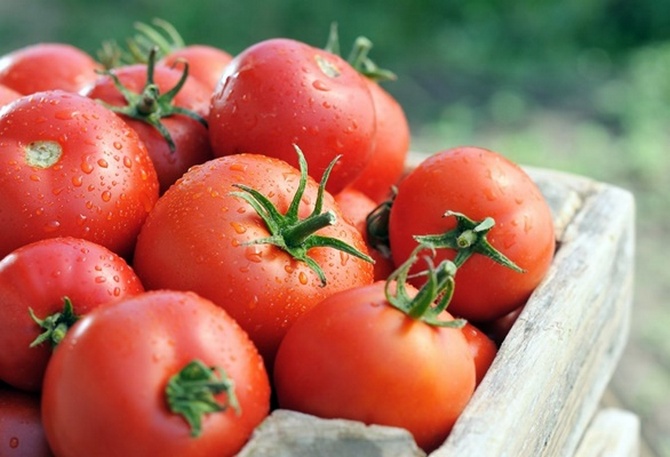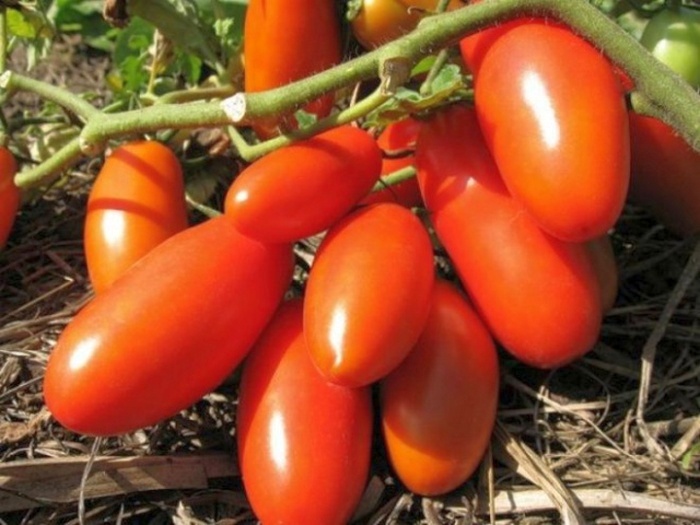Content:
Almost all gardeners are happy to grow tomatoes in their gardens. The variety of varieties is able to satisfy any wishes. The Klusha tomato, which has a funny name, is the result of the work of breeders from Russia. Accordingly, it is maximally adapted to the climatic conditions of the middle zone and more northern regions. Gardeners managed to fall in love with this development, thanks to its yield and other advantages, which will be discussed in the article.
The history of the creation of the variety
Clusha Tomatoes are a completely new variety, bred in 2006. The merit belongs to V.N. Dederko. - to a Novosibirsk breeder. The variety was entered in the State Register in 2009, while, in addition to Dederko V.N., Postnikova T.N. is also indicated as the originator. Remarkably, the culture is suitable even for growing in Siberian regions.
Variety characteristics
The variety was bred in Russia, and its cultivation is practiced both in greenhouses and in the open field. Klusha tomatoes have the following characteristics and description of the variety.
The period from planting seeds for seedlings to fruit ripening is only three months. Refers to early ripening tomatoes. The bush is determinant, that is, it stops growing when an ovary with tomatoes is formed on the shoot. It does not require regular garters and constant removal of stepchildren. Also, Clusha tomatoes are characterized by a standard bush, which has a strong trunk and compact size. Its average height is within half a meter.
High yield rates are provided by the frequency of planting plants in the sown area. Usually it is recommended to plant 6 plants per 1 sq. m. Small size allows you to grow Klusha tomatoes even on the balcony. The leaves of the crop are of a standard size and shape. They are painted in dark green. The bush of the plant resembles a chicken, hence the funny name. There are a lot of leaves, so much so that they hide the fruits behind them, like a hen that protects its chickens. Experienced gardeners recommend trimming the excess foliage that covers the tomatoes.
The variety has a pink variety of tomatoes. Their bush has slightly more leaves. This subspecies received the prefix "super" from the breeders and is called Superklush, in fact, differing from Klushi only in the color of the fruit. Otherwise, they are the same in appearance. Thus, the Klush and Superklush tomatoes have the following description: round, slightly flattened with a slight ribbing. Unripe fruits are green, light shade. When ripe, they turn red, and in the case of the Superkludge variety, pinkish.
The average weight of the fruit ranges between 95 and 110 g, and if grown in greenhouses, it reaches 150 g. Taste qualities make it possible to use tomatoes, both fresh and for harvesting. In general, the yield is good - about 2 kg per bush, and from 1 sq. m are collected in 11 kg. It is immune to the main diseases of Solanaceous crops.
Although the characteristics state that the Klusha tomato does not require support, it is still better to install a peg next to the plant so that it does not fall to the ground under the weight of the fruit. This will keep the ripening tomatoes from rotting on wet soil.
Advantages and disadvantages
Clusha Tomatoes have a presentable appearance and are good for sale. Their ability to endure transportation without damage is also convenient, but tomatoes of this variety cannot be stored for a long time.
Thus, the main advantages of the Klusha variety and its Superklusha variety are:
- compact and strong bush;
- large yields;
- versatility in relation to the growing region;
- early maturity;
- no need for pinning;
- resistance to major diseases that often affect tomatoes;
- the ability to eat tomatoes fresh, due to their good taste, and also use them for harvesting;
- there is no need for a permanent bush tie.
The Klusha tomato has practically no drawbacks. It can be distinguished as a minus of the variety that it is not able to lie for long after collection, as well as the abundance of leaves on the bush, which must be cut off.
Agricultural technology varieties
In the main, caring for a Clusha tomato is no different from other varieties. The agrotechnology of this culture consists of such main stages.
Preparing the soil for seedlings
If you use soil purchased in a store for growing seedlings, then preliminary manipulations are not required. In the case when the land is brought from the garden, it must be disinfected in advance. You can use a solution of potassium permanganate for these purposes. It is prepared at the rate of 1 g of the product for 2 liters of water. The best precursors for tomatoes are squash, carrots, parsley, or legumes. It is recommended to take the soil from the garden for seedlings after these crops.
Seed preparation
To sort out unusable seeds, the entire pack is soaked in a solution of a tablespoon of salt in a glass of water. Bad seeds will float, they can be thrown away, the remaining ones are washed and dried, they are suitable for planting. Before sowing, treatment with a solution of potassium permanganate is necessary for preventive purposes. For germination, a wet gauze is used, in which the seeds are wrapped. It shouldn't dry out.
Planting seeds for seedlings
They are planted in furrows 1 cm deep. Sprinkle with earth on top, so that the layer thickness above the seeds increases by another 1 cm.At the end, the planting is lightly tamped and watered. The boxes are placed in a warm, well-lit place and covered. It is possible to use growth stimulants.
When 3 leaves appear, the time for picking seedlings comes. Plants are distributed in separate containers along with a clod of earth - this way the root is less injured. After the procedure, it is necessary to shade the seedlings for about a day, or better by two. When the tomatoes take root, they are returned to the lighted place again. You can understand that the seedlings are ready for planting in the ground by the thickness of the stem: it should be 1 cm and the height of the bush - at least 20 cm. You also need to make sure that the leaves and inflorescences are well formed. It is recommended to harden the seedlings by taking them outside during the day. Do not expose it to the cold or leave it in the yard overnight. The duration of this procedure is at least a week, it can be increased to two.
Transplanting
Seedlings are planted in the second half of May. The beds must first be prepared for planting. For this, humus, wood ash are introduced. Sawdust that has been overrun throughout the year is also suitable. Tomatoes Klush and Superklush prefer a neutral soil type, but a slight increase in acidity is allowed. Digging the soil. The depth should be about the bayonet of the shovel. Then pits are dug, and 2 liters of water are poured into each. The water should be slightly heated. This is followed by directly planting tomatoes. Plants should not be buried deep, because the bush is already low in height.
Care
Tomatoes planted in the ground need watering. Watered with warm water in the evening, when there is no active sun, otherwise you can burn the foliage. Weeds must be removed in a timely manner, because they will inhibit the growth and development of tomatoes. Together with weeding, it is necessary to loosen the soil, preventing the formation of a crust on the surface.Mulching the soil in tomatoes will help from weeds, that is, laying materials of artificial or organic origin on the garden bed. Mulch, in addition to protecting against weeds, will also help retain moisture in the soil. This method is often used when growing tomatoes.
The Klusha tomato variety self-pollinates, but if the plants are in a greenhouse, it is necessary to ensure a minimum humidity and an ambient temperature of no more than 27C. If these conditions are not met, pollen may lose its properties, and the yield will be small.
Top dressing should be done twice a season. Mineral fertilizers are suitable. In general, you can nourish tomatoes with useful substances with the help of: organic fertilizers, ash, boric acid, yeast, iodine, ammonia and hydrogen peroxide.
Diseases and pests of Klush tomatoes
As mentioned above, this variety is highly resistant to the most common diseases. Tomatoes are usually affected by the following ones.
Fungi
Anthracnose passes with weeds, late blight, Fusarium love high ambient temperatures, root rot, alternaria occur if plants are over-flooded with water, cladosporium is caused by watering with cold water, gray rot, powdery mildew.
Viruses
Viral diseases cannot be treated, but arise if infected seeds are planted and not disinfected with potassium permanganate. These are diseases such as aspermia, necrosis, mosaic.
Bacteria
The infection spreads instantly and often kills the entire crop. The following ailments of tomatoes are caused by bacteria: black spot, cancer.
Although the good immunity of Klush tomatoes can be called the most important varietal characteristic, they must be cared for in high quality and timely manner. Dangerous insects can also present: scoop, whitefly, bear, wireworm.
Clush tomatoes are a convenient culture in all respects. Gardeners' reviews call her the most beautiful. This is the reason for such popularity. This modern variety was bred with the help of accumulated experience in breeding, combining the best characteristics.
